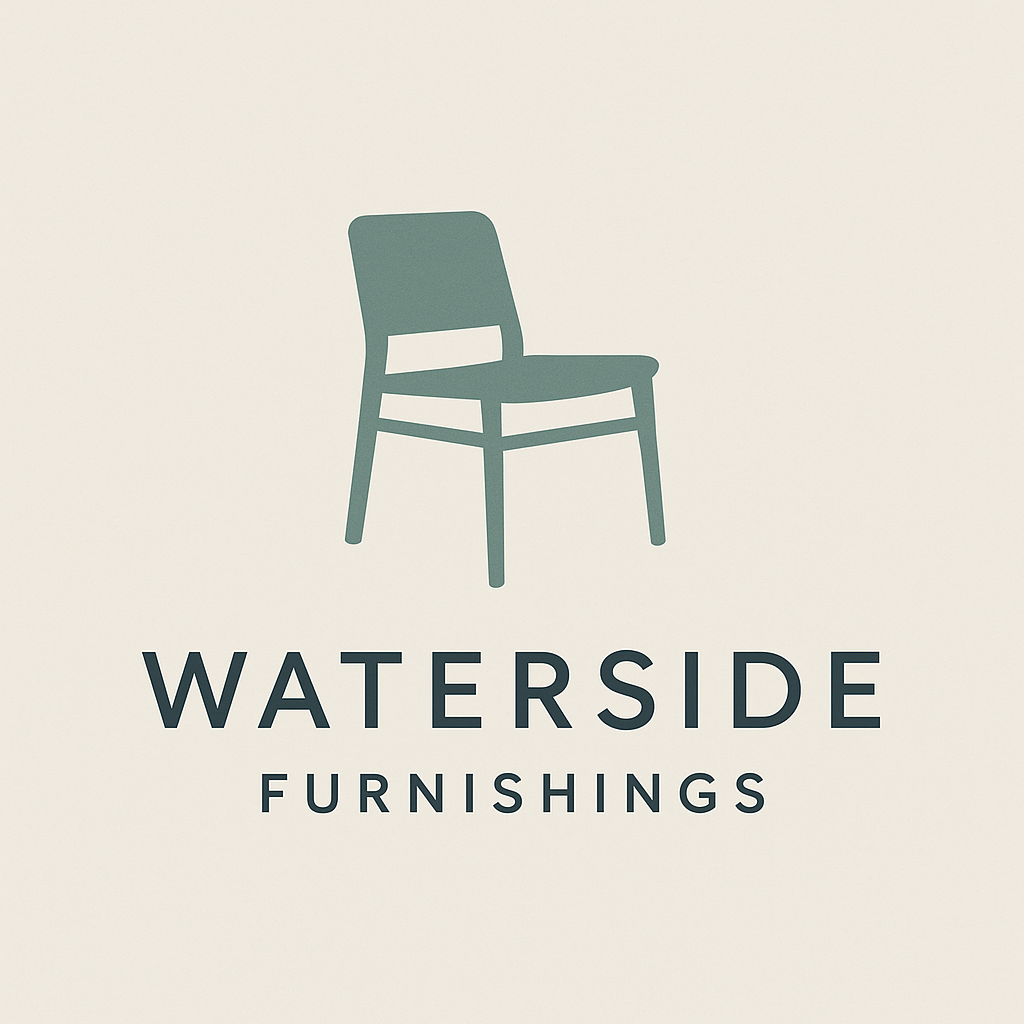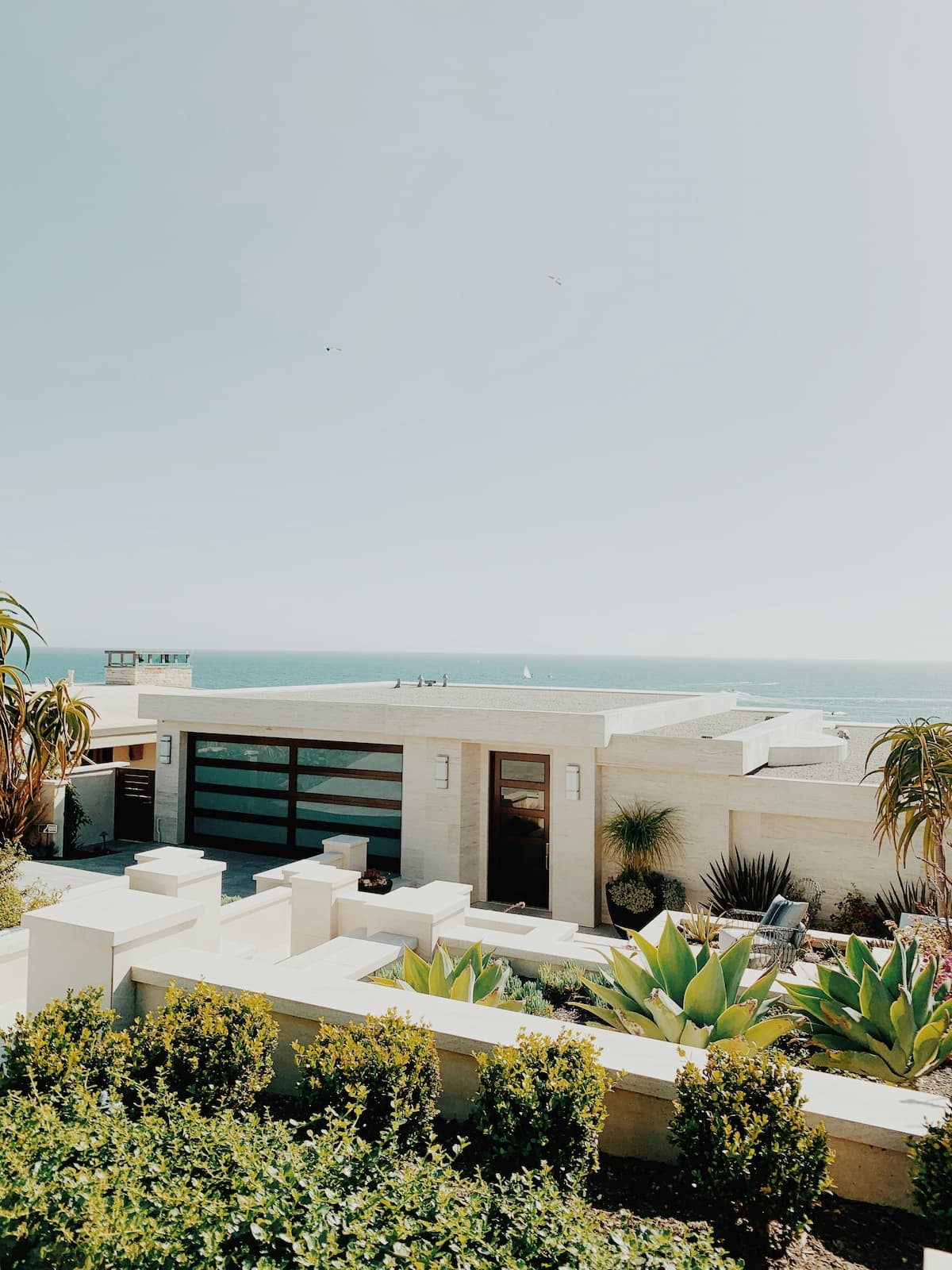Australia’s coastline offers some of the world’s most spectacular residential settings, from Sydney Harbour penthouses to Byron Bay beach houses and Perth’s riverside estates. Yet designing for these enviable locations presents unique challenges that can trap the unwary in a cycle of constant replacement and maintenance. The key lies in understanding how to source furnishings that embrace coastal conditions rather than merely endure them, creating interiors that are both luxurious and genuinely liveable.
The Coastal Challenge: Beauty Meets Brutality
Living by the water means confronting nature’s most aggressive elements daily. Salt-laden air doesn’t discriminate between expensive and economical furnishings—it corrodes, tarnishes, and degrades with relentless efficiency. Humidity swells timber, warps veneers, and encourages mold growth. UV radiation fades fabrics and degrades plastics with intensity amplified by water’s reflective properties.
Traditional luxury materials often prove spectacularly unsuitable for coastal environments. That exquisite French-polished dining table may warp within months. Beautiful brass hardware can develop unsightly corrosion spots despite regular cleaning. Even stainless steel, supposedly corrosion-resistant, can pit and stain in high-salt environments if the wrong grade is specified.
Yet these challenges shouldn’t force compromise on style or quality. Instead, they demand more thoughtful material selection and sourcing strategies that prioritize long-term performance alongside immediate aesthetic appeal.
Marine-Grade Luxury: Materials That Rise to the Challenge
Stainless Steel: Beyond the Basics Not all stainless steel performs equally in coastal conditions. Marine-grade 316 stainless steel contains molybdenum, providing superior corrosion resistance compared to common 304 grade steel. For hardware, fixtures, and structural elements, this upgrade represents essential insurance against premature failure.
Look for manufacturers who understand marine applications. Companies serving the yacht industry often produce hardware that transitions beautifully into residential use while meeting the most demanding corrosion resistance standards. Their lever sets, hinges, and cabinet hardware combine luxury aesthetics with bulletproof durability.
Engineered Timber Solutions Solid timber faces significant challenges in coastal environments, but engineered alternatives can provide wood’s warmth without its vulnerabilities. Cross-laminated timber offers exceptional dimensional stability, while quality engineered flooring systems resist moisture movement that would destroy solid boards.
For exterior applications, consider thermally modified timbers that resist decay and dimensional change through controlled heat treatment rather than chemical processes. These materials maintain timber’s natural beauty while dramatically improving weather resistance.
Advanced Composite Materials Modern composites have evolved far beyond basic plastic alternatives. High-pressure laminates now replicate natural materials convincingly while offering superior performance in demanding conditions. Porcelain slabs can simulate marble or timber with photographic accuracy while providing non-porous, UV-stable surfaces.
For outdoor furniture, look for pieces crafted from powder-coated aluminum frames with solution-dyed acrylic fabrics. These combinations offer decades of service while maintaining their appearance through Australia’s harsh UV exposure and salt air.
Fabric Selection: Comfort That Endures
Coastal interiors demand fabrics that resist fading, moisture, and salt air while maintaining luxury appeal. Solution-dyed acrylics like Sunbrella have revolutionized outdoor fabric performance, but indoor applications require different considerations.
Performance Fabrics for Interior Use Modern performance fabrics combine natural fiber aesthetics with synthetic durability. Crypton fabrics resist stains and moisture while feeling like traditional cotton or linen. Nano-coatings on natural fibers provide invisible protection without compromising texture or breathability.
For upholstery in high-humidity environments, consider fabrics with antimicrobial treatments that prevent mold and mildew growth. These invisible enhancements can extend fabric life significantly while maintaining indoor air quality.
Window Treatments That Work Coastal homes often feature expansive glazing that showcases water views while creating fabric-damaging UV exposure. Motor-operated blinds with UV-stable slats offer precise light control while protecting interior furnishings. For softer treatments, consider fabrics specifically engineered for high-UV environments.
Plantation shutters in marine-grade materials provide timeless coastal appeal while offering superior durability compared to fabric alternatives. Quality powder-coated aluminum shutters can withstand decades of salt air exposure while maintaining crisp, architectural lines.
Hardware and Fixtures: The Devil in the Details
Coastal environments reveal the true quality of hardware and fixtures with unforgiving clarity. Cheap platings fail quickly, while quality materials develop attractive patinas that enhance rather than detract from their appearance.
Bronze: The Time-Tested Choice Silicon bronze offers exceptional corrosion resistance while developing beautiful patinas over time. This material actually improves in appearance with age, making it ideal for coastal applications where maintenance access may be challenging.
For door hardware, cabinet pulls, and bathroom fixtures, bronze provides both durability and the warm, organic appearance that complements coastal design aesthetics. Unlike cheaper alternatives that simply corrode, bronze ages gracefully into rich, complex colors.
Titanium: The Ultimate Performance Where budget allows, titanium offers unmatched corrosion resistance with contemporary appeal. Increasingly available in architectural hardware applications, titanium maintains its appearance indefinitely while providing the satisfying heft and operation of quality engineering.
Flooring Solutions for Coastal Living
Coastal homes demand flooring that handles sand, salt water, and temperature fluctuations while maintaining luxury appeal. Traditional materials often prove problematic, but innovative alternatives offer superior performance without aesthetic compromise.
Large Format Porcelain Modern porcelain tiles can replicate virtually any natural material while providing non-porous, UV-stable surfaces. Large format tiles minimize grout lines that can harbor salt and sand, while through-body coloration ensures consistent appearance even with minor chips or scratches.
For timber aesthetics, wood-look porcelain has reached remarkable sophistication, providing all of timber’s visual warmth with none of its maintenance requirements.
Polished Concrete Systems Properly sealed polished concrete offers industrial chic appeal with exceptional durability. Modern sealing systems resist salt penetration while providing easy maintenance and excellent thermal mass properties that help moderate coastal temperature swings.
Natural Stone Considerations While many natural stones struggle in coastal environments, certain varieties excel. Dense granites and some quartzites offer excellent durability, while porous stones like limestone or travertine may require specialized sealers and regular maintenance.
Indoor-Outdoor Integration: Seamless Transitions
Coastal living celebrates the connection between interior and exterior spaces, demanding furnishings that can bridge these environments successfully. This integration requires careful consideration of materials that perform in both contexts.
Consistent Material Palettes Using similar materials indoors and out creates visual continuity while simplifying maintenance requirements. Porcelain tiles that transition from interior floors to exterior terraces provide seamless flow while offering consistent performance in both applications.
Covered Outdoor Spaces Covered terraces and balconies create intermediate zones that can accommodate furnishings unsuitable for full weather exposure while extending living spaces toward the water. These transitional areas benefit from furniture designed for hospitality applications, which combines residential aesthetics with commercial durability.
The Investment Perspective: Quality Pays
Coastal furnishing represents a clear case where quality pays dividends over time. The premium for marine-grade materials and performance fabrics often recovers within years through reduced replacement and maintenance costs.
Consider the true cost of ownership over a ten-year period. Cheap furniture requiring replacement every few years costs more than quality pieces that maintain their appearance and function throughout that period. Factor in the inconvenience and disruption of frequent replacements, and the value proposition becomes even clearer.
Australian Suppliers and Craftsmanship
Australia’s extensive coastline has fostered local expertise in coastal-appropriate furnishings. Seek out Australian manufacturers and suppliers who understand local conditions intimately. They often specify materials and finishes based on decades of experience with salt air, UV exposure, and thermal cycling.
Local craftsmanship also offers customization opportunities that overseas manufacturers cannot match. Custom joinery using marine-grade materials, bespoke metalwork in appropriate alloys, and made-to-order upholstery in performance fabrics can create unique solutions perfectly suited to specific coastal conditions.
Maintenance Strategies for Longevity
Even the best materials benefit from appropriate maintenance in coastal environments. Establish cleaning routines that remove salt deposits before they can cause damage. Regular washing with fresh water neutralizes salt buildup, while quality protective products maintain finishes and extend service life.
Consider maintenance accessibility during the design phase. Hardware and fixtures in difficult-to-reach locations should receive additional protection or be specified in materials requiring minimal maintenance.
The Aesthetic Rewards
When done correctly, coastal furnishing creates interiors that are both practical and deeply satisfying. Materials that perform well in challenging conditions often possess inherent beauty that improves with age. Bronze develops rich patinas, quality timber gains character, and well-chosen fabrics maintain their appearance through years of use.
The result is interiors that truly capture the essence of coastal living—relaxed yet refined, durable yet beautiful, practical yet luxurious. These homes don’t just survive by the water; they thrive there, creating environments that enhance the unique pleasures of Australia’s waterfront lifestyle.
Living by the water should be a joy, not a constant battle against the elements. With thoughtful material selection and quality sourcing, coastal homes can achieve the perfect balance of luxury and livability that makes waterfront living truly extraordinary.

